Experience Americas Most Treasured Roads
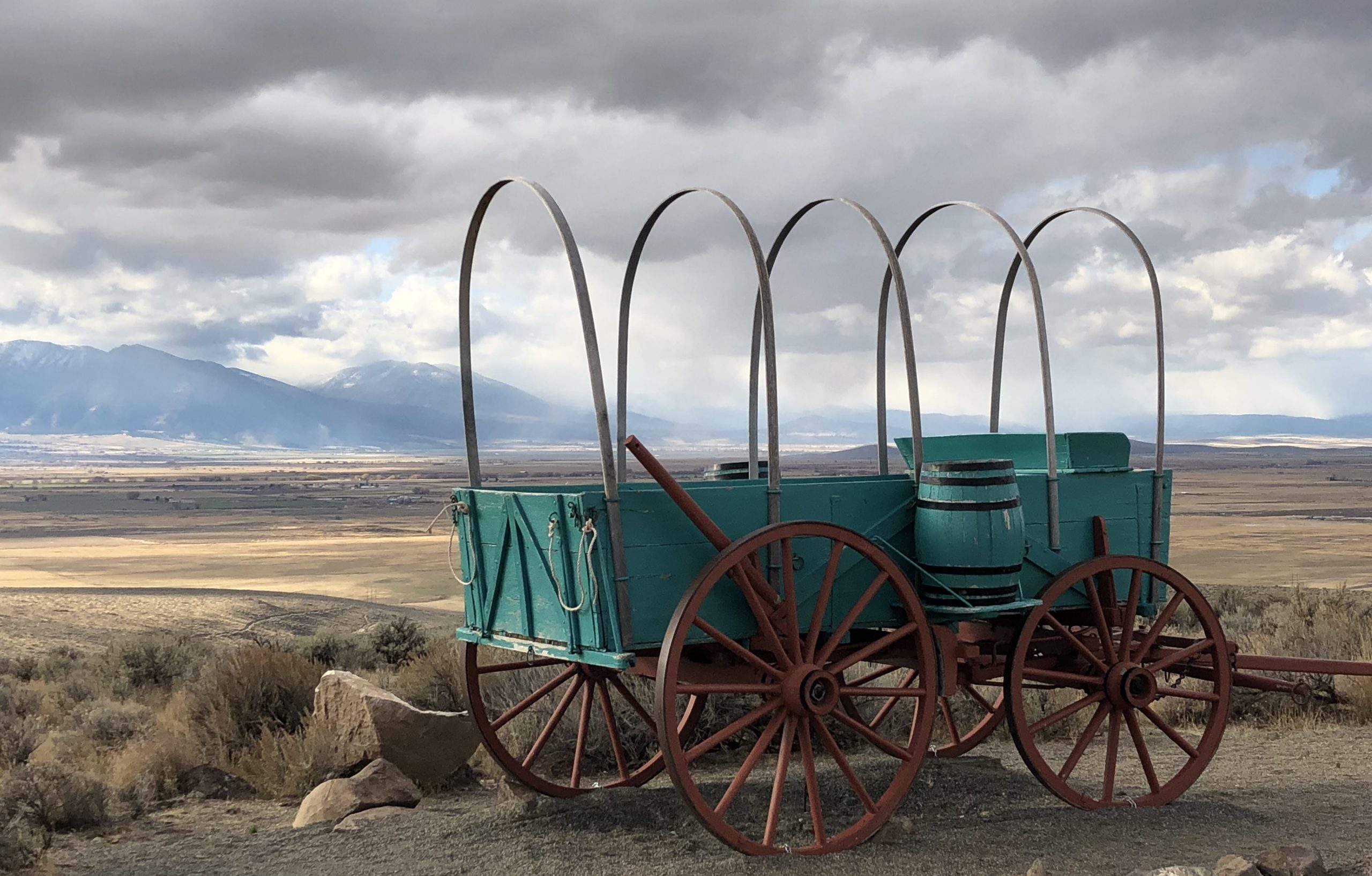
Touring the Byway
6 Days / 5 Nights | Gateway City: Laramie, Wyoming
We recommend starting your journey in Laramie, a vibrant college town with deep Western roots. Discover the city’s extraordinary architecture on the Historic Downtown Walking Tour, including the Laramie Railroad Depot and Union Pacific Footbridge, explore the 19th century Ivinson House at the Laramie Plains Museum and tour the Wyoming Territorial State Prison. Spend your first evening in a colorfully hand-crafted Victorian-style Inn.
On Day Two, smell the roses at the Williams Conservatory, and travel through human history at the University of Wyoming Museum of Anthropology, before heading for the Terry Bison Ranch in Cheyenne.
On Day Three, explore Cheyenne, the capital city which still retains its rugged pioneer spirit. Discover Wyoming history at the Wyoming State Museum, engage your inner cowboy at the Nelson Museum of the West, visit the last remaining grand railroad station on the original Transcontinental Route at the Cheyenne Depot Museum, and discover the drama and excitement of the rodeo at Frontier Days Old West Museum before tucking in for the night at Wyoming’s first luxury hotel.
Head north to Torrington on Day Four to get a glimpse of life in 1880 at the Homesteaders Museum, then get ready for a very historic drive as you turn onto WY-26, the Oregon Trail Historic Byway. Pause first in Lingle for the Rawhide Wildlife Habitat Management Area to experience what the Platte River looked like in pioneer times, and stop at the Fort Laramie National Historic Site, a major restocking location and political staging ground during America’s era of westward expansion.
On Day Five, catch a breath of fresh mountain air at Guernsey State Park and hear more stories of westward expansion at the Wyoming Pioneer Memorial Museum. Register Cliff Historic Site is covered with names emigrants inscribed into the soft limestone. The Guernsey Trail Ruts, cut by thousands of wagon wheels, are physical reminders of the arduous journey taken by hearty pioneers.
Day Six has you learning more about the trails west at the National Historic Trails Interpretive Center and the region’s dinosaurs at Casper College’s Tate Geological Museum. From there, we wish you a safe passage if you’re continuing on another Wyoming Scenic Byway, or a safe and pleasant journey home.
View the Detailed Itinerary below to see the full route, which is complete with dining, shopping, and lodging recommendations!
Highlighted Attractions

Laramie Plains Museum at Historic Ivinson House
The Ivinson House, built for $40,000 and today, considered the historic crown jewel of Laramie, was complete with central heating, electric lights, and running water when it was finished in 1892. No one knows quite why the Ivinsons settled in Laramie. Edward was born in the Virgin Islands, schooled in Britain and immigrated to New York City, where he met his wife. Despite a 10 year difference in their ages (Edward was 23 and Jane 13 when they married), the marriage lasted 61 years. They moved from New York to Indiana, then Illinois and Tennessee, and were planning to move to California, when Edward traveled to Cheyenne. After scouting for new business opportunities, he decided Laramie would be a better choice, even though in 1868 the town was just a collection of tents and temporary buildings. Ivinson opened a grocery store and they settled in. The beautiful three story Queen Anne Victorian residence they built now hosts an extraordinary collections of opulent Victorian fixtures, artifacts, and archives illustrating the history of Laramie, Albany County, ranching, and westward migration.
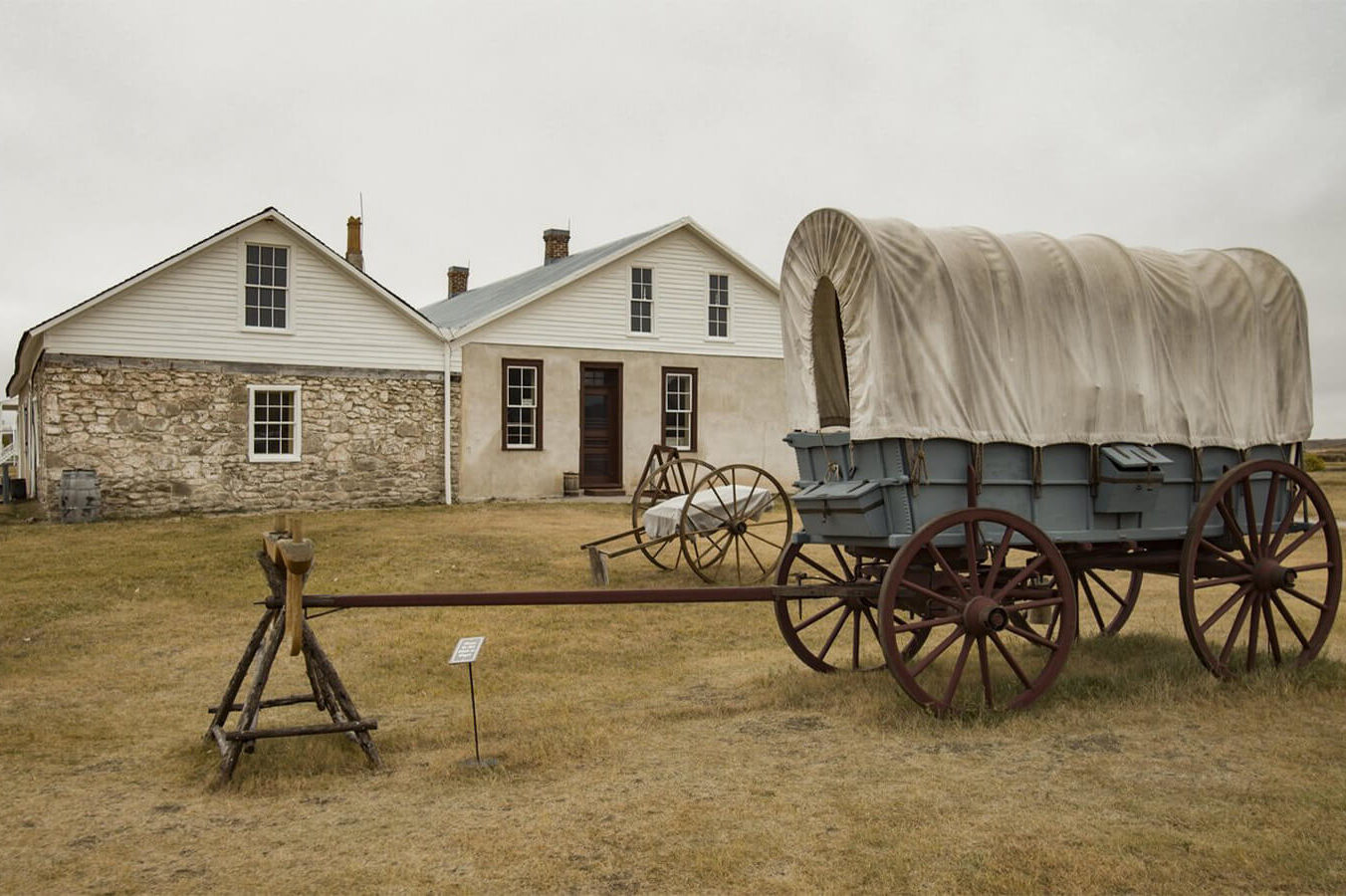
Fort Laramie Historic Site
Located at the confluence of the Laramie and the North Platte Rivers, the 1834 Fort Laramie evolved into the largest military post on the Northern Plains, ultimately witnessing the entire sweeping saga of America’s western expansion. Exhibits include panoramic images, maps, and narration. The striking 1875 Army Iron Bridge, built to provide reliable and safe passage over the North Platte River a short distance from the fort, is one of the last remaining examples of a three-span bowstring through truss bridge
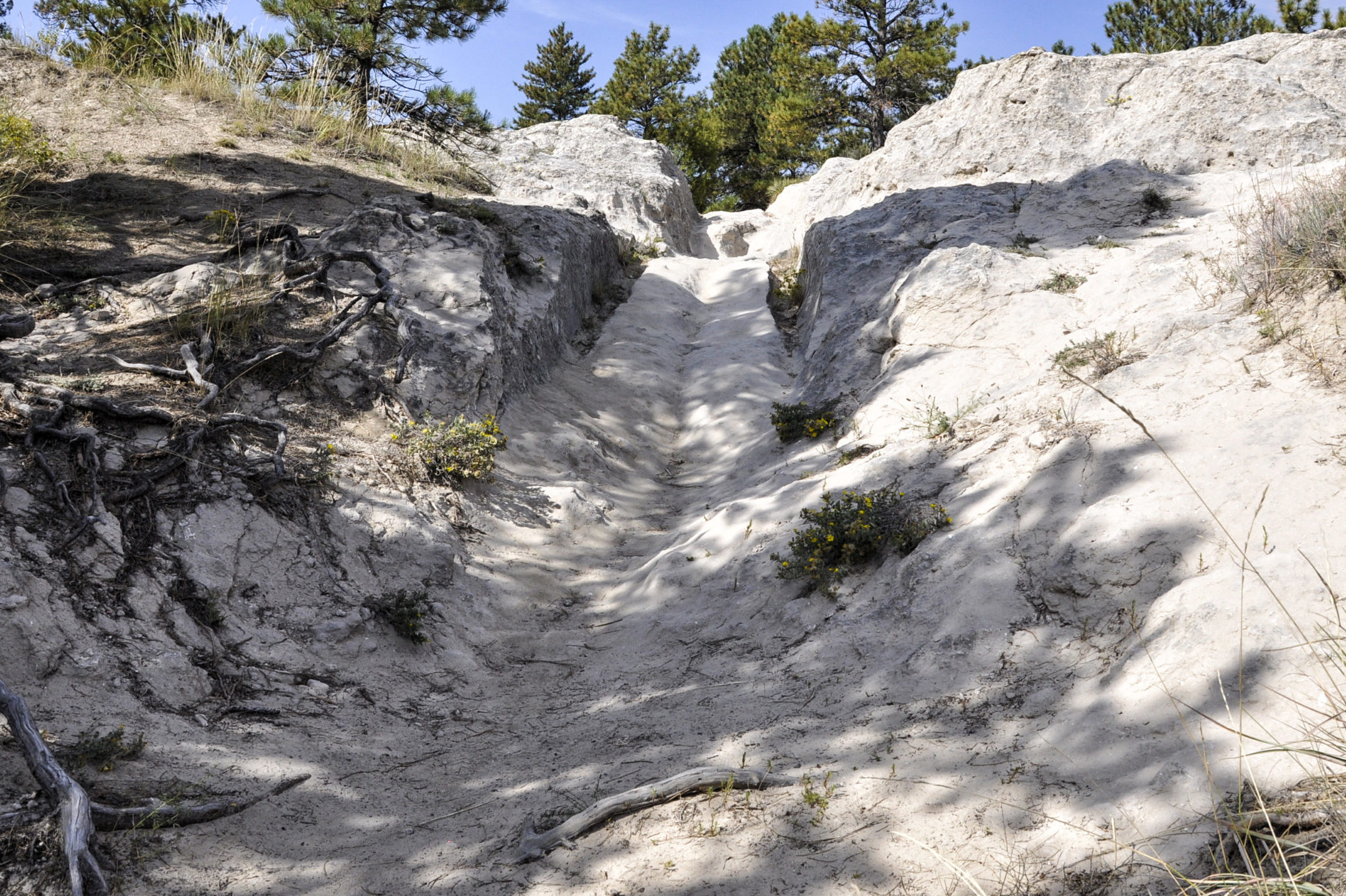
Oregon Trail Ruts State Historic Site
This half-mile stretch of ruts gouged into sandstone by thousands of wagon wheels is the best-preserved set of ruts along the entire Oregon Trail route. First used in 1812, when a party heading east from Fort Astoria, Oregon passed through the area, fur trappers, traders, and missionaries continued to use the route on foot for 29 years, before the Bartleson-Bidwell Party became the first wagon train to use the trail in 1841. Thousands of wagon wheels, draft animals, and travelers wore down the sandstone ridges for another nearly 30 years.
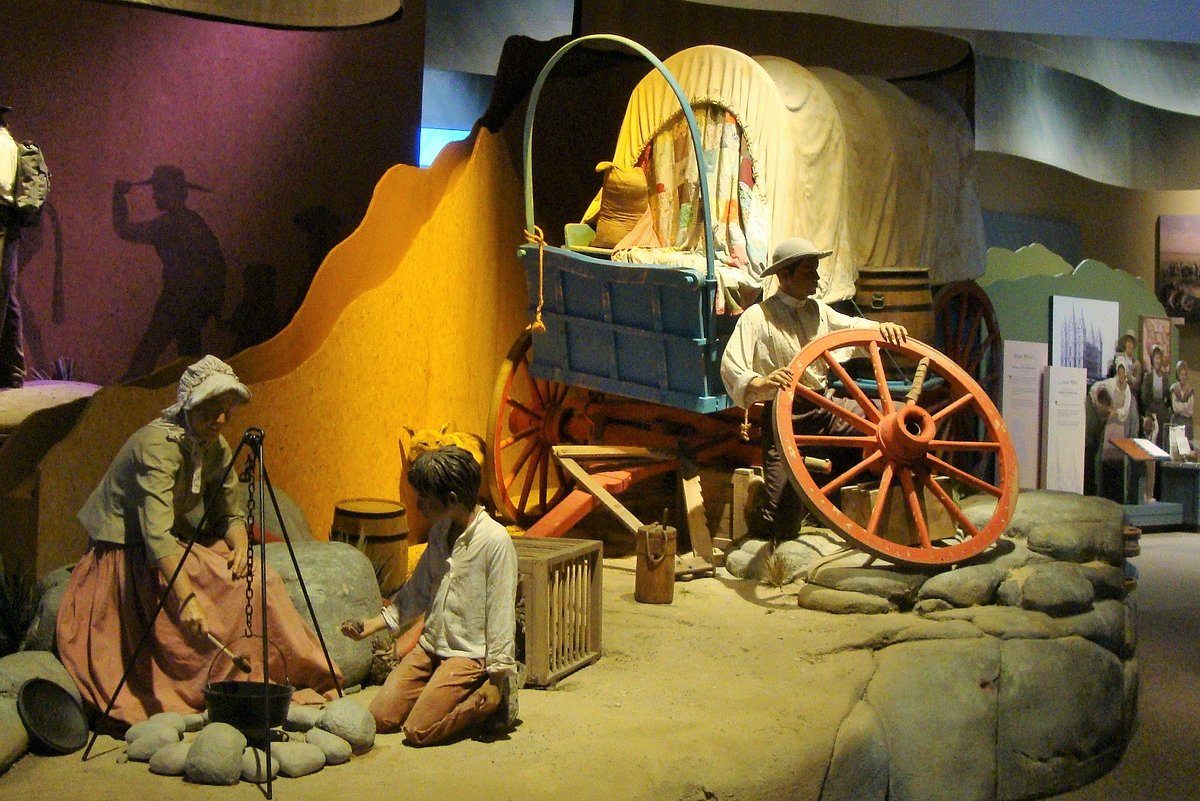
National Historic Trails Interpretive Center
Celebrating the Oregon, Mormon, California, Pony Express, Bridger, and Bozeman trails, the National Historical Trails Interpretive Center commemorates the early explorers, and pioneers who traveled west and the Native Americans who lived in the area. Hands-on interactive exhibits, multi-media programs, and virtual education opportunities illustrate the westward expansion.
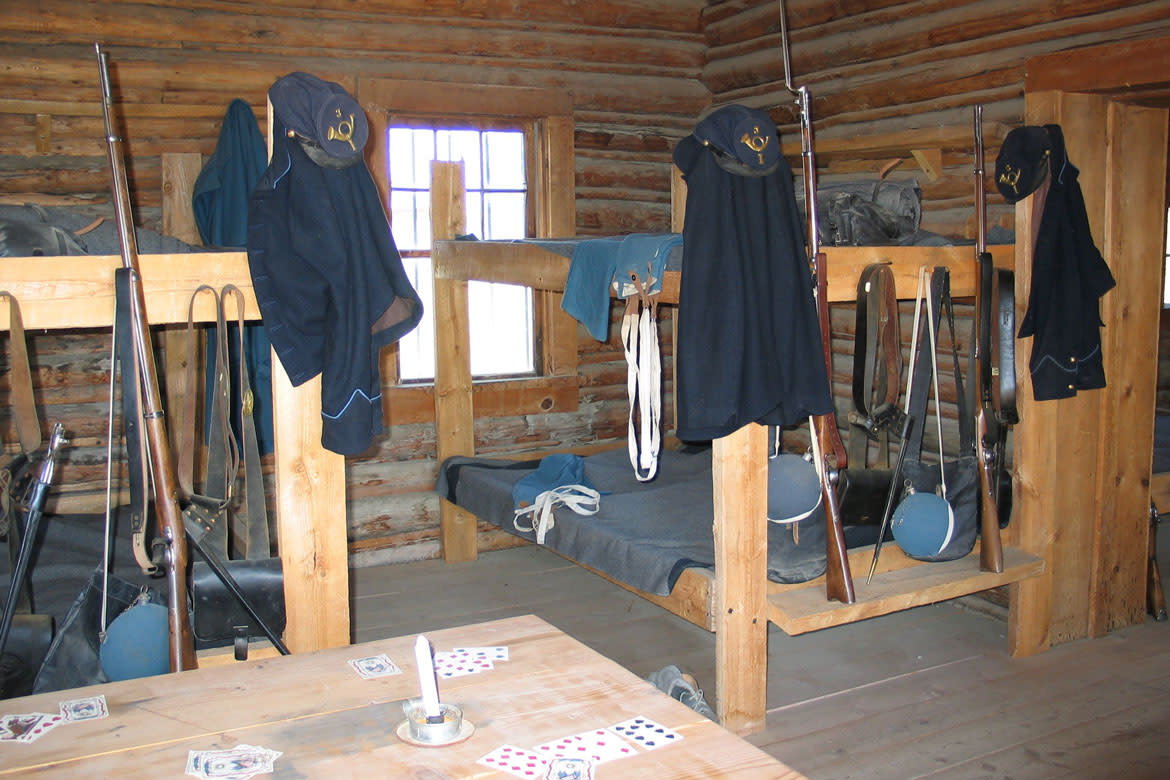
Fort Caspar Museum and Historic Site
This fully reconstructed frontier outpost includes a stockade, a replica of the Mormon ferry that operated in Casper from 1847-1849 and an Interpretive Center illustrating the region’s first 100 years. Exhibits are enhanced with authentic objects from the museum’s collection, complemented with interactive videos.
To experience all that A Journey Through Time has to offer, download the complete itinerary!
The detailed itinerary includes:
- A complete trip experience organized in geographic order, to print down and go.
- A full description of the Byway tour.
- Each trip experience begins in a gateway city with commercial flight availability (and often ending in another) to enhance the Byway experience.
- Attractions and activities along the full length of the Byway selected to truly tell the story of the places you visit.
- Detailed description of each attraction and activity, including the address, telephone number, hours of operation, admission fees and suggested time to allow for a visit.
- Accommodations (related to the theme of the Byway or unique to the destination wherever possible) positioned in the correct locations and including breakfast wherever possible.
- Dining suggestions positioned in the correct locations for lunch and dinner.
- All attractions, accommodations and dining locations arranged into Days that allow time for relaxation, savoring meals and enjoying the experience.
- A road trip to create memories and intrigue your mind.
Contact Information
National Travel Center
433 North Charlotte Street
Lancaster, PA 17603